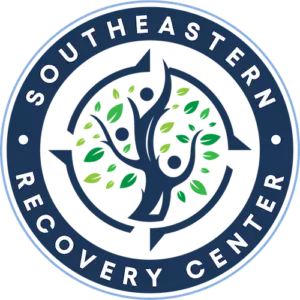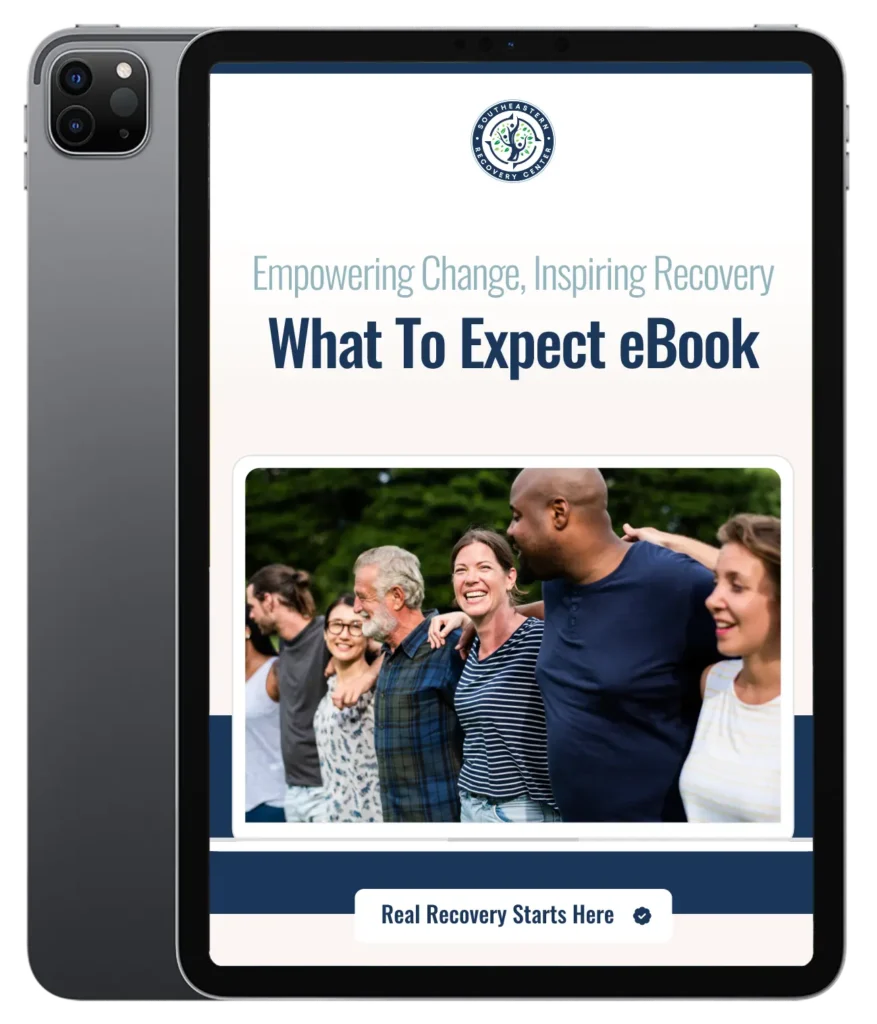Quitting Suboxone is a significant milestone in recovery from opioid addiction, but it comes with challenges. This guide will help you navigate the process with clarity and support, providing a step-by-step approach while highlighting key points to consider, including why quitting cold turkey may not be the best option. If you’re thinking of taking this journey, you’re not alone.
According to research, around 2.4 million Americans were prescribed Suboxone in 2020 as part of their treatment for opioid use disorder, and many face similar questions about quitting.
Whether you are considering tapering off or quitting Suboxone cold turkey, understanding the process, the risks involved, and the steps you can take to minimize discomfort is essential. Let’s dive into the strategies you can use to quit Suboxone safely and effectively.
What is Suboxone, and Why Do People Use It?
Suboxone is a combination of two drugs: buprenorphine and naloxone. It’s widely used in medication-assisted treatment (MAT) for opioid addiction because it helps reduce cravings and withdrawal symptoms. The buprenorphine in Suboxone is a partial opioid agonist, meaning it binds to the same receptors in the brain as opioids like heroin or oxycodone, but with less intensity. Naloxone, on the other hand, is an opioid antagonist that helps prevent misuse by blocking opioid effects if the medication is injected.
Suboxone can be incredibly helpful in recovery, but like any medication, it’s not intended for lifelong use. Over time, many individuals look for ways to quit and reclaim their lives fully.

The Steps to Quitting Suboxone
Quitting can be a complex process due to the body’s dependence on the medication, which can lead to withdrawal symptoms.
Step 1: Evaluate Your Readiness
Before quitting Suboxone, it’s crucial to assess your mental, emotional, and physical readiness.
Ask yourself:
- Why do I want to quit Suboxone? Are you feeling stable in your recovery, or are you being pressured by others?
- Have I built up a support system? Emotional support is critical, especially when facing possible withdrawal symptoms.
- Am I prepared for the possible symptoms? Quitting Suboxone cold turkey or even through tapering can cause discomfort, so it’s essential to be mentally prepared.
A study indicated that about 20-30% of patients who quit Suboxone experience post-acute withdrawal symptoms (PAWS) for weeks or months.
Step 2: Consult a Healthcare Provider
Your healthcare provider can give you valuable guidance on how to quit Suboxone safely. They can also help determine the best quitting strategy for you based on your history, dosage, and overall health.
There are generally two main ways to quit Suboxone:
- Tapering off: Gradually reducing your dosage over weeks or months.
- Quitting cold turkey: Abruptly stopping Suboxone use without tapering.
Quitting Suboxone Cold Turkey: The Risks and What to Expect
The term cold turkey refers to abruptly stopping the use of Suboxone without weaning off. While this may seem like a faster way to quit, it comes with significant risks, including severe withdrawal symptoms.
Some of the withdrawal symptoms you might experience when quitting Suboxone cold turkey include:
- Nausea and vomiting
- Muscle aches and cramps
- Insomnia
- Depression and anxiety
- Sweating and chills
- Increased cravings
According to the Substance Abuse and Mental Health Services Administration (SAMHSA), withdrawal symptoms from Suboxone typically begin within 24 to 72 hours after the last dose and can last anywhere from 5 to 14 days. The severity of symptoms depends on several factors, such as how long you’ve been taking Suboxone and at what dosage. More information on withdrawal symptoms from SAMHSA
Many medical professionals advise against quitting cold turkey because the risk of relapse increases when withdrawal symptoms are intense.
Studies show that 60-80% of individuals relapse within the first year if they quit medication-assisted treatment abruptly.
Tapering Off Suboxone: Follow This Tapering & Reduction Schedule
Tapering is a safer and more manageable way to quit Suboxone. In this approach, you slowly reduce your dosage over a period of time, giving your body a chance to adjust. The tapering process can take several months, depending on your current dose.

Here’s what a tapering schedule might look like:
- Stabilize your dose. If you’re on a higher dose (e.g., 8 mg), talk to your healthcare provider about stabilizing at a lower dose for at least two weeks.
- Reduce the dose slowly. Your provider might reduce your dose by 10-25% every two weeks. This allows your body to adjust without experiencing severe withdrawal symptoms.
- Take breaks as needed. If withdrawal symptoms become too difficult to manage, it’s okay to pause and let your body catch up before making the next reduction.
- Reduce to the lowest possible dose. Eventually, you’ll reduce to tiny doses, like 1 mg or even 0.5 mg, until you’re ready to stop completely.
A 2017 study found that patients who tapered off Suboxone slowly had better success rates compared to those who stopped abruptly. About 86% of those who tapered off reported fewer withdrawal symptoms and had a lower relapse rate.
Step 3: Create a Plan for Managing Withdrawal Symptoms
No matter how you choose to quit—whether cold turkey or tapering off—some level of withdrawal is likely.
Here’s how you can prepare for the discomfort and manage symptoms:
Physical Symptoms
- Hydrate: Drinking plenty of fluids can help alleviate nausea, vomiting, and sweating. Electrolyte-replenishing drinks like Pedialyte can help you stay balanced.
- Nutrition: Eating nutrient-dense foods, such as fruits, vegetables, and whole grains, can help boost energy and mood during withdrawal.
- Over-the-counter medications: Medications like ibuprofen or acetaminophen can ease muscle aches and fever, while loperamide may help with diarrhea.
Emotional Symptoms
- Support groups: Connecting with others who understand your experience is crucial. According to a survey by the National Institute on Drug Abuse (NIDA), individuals who regularly attend support groups like NA (Narcotics Anonymous) or SMART Recovery are more likely to stay off Suboxone successfully.
- Therapy: Engaging in cognitive-behavioral therapy (CBT) or motivational interviewing with a counselor can help you manage the emotional aspects of withdrawal. Learn more about CBT and addiction
- Mindfulness: Techniques like meditation, deep breathing, or yoga can help reduce anxiety and stress during withdrawal.
Step 4: Build a Strong Support Network
Research shows that people with strong social support are more likely to stay sober and manage their withdrawal symptoms.
Quitting Suboxone isn’t just about managing the physical symptoms—it’s about surrounding yourself with a support system that will keep you accountable and provide encouragement.
Here’s how to build your network:
- Friends and family: Be open about your goals with loved ones. While some might not fully understand what you’re going through, knowing that they’re there for you can provide comfort.
- Support groups: As mentioned earlier, groups like Narcotics Anonymous or SMART Recovery provide a judgment-free environment to share your experiences. The Suboxone subreddit on Reddit also has a strong community of individuals quitting Suboxone.
- Counselors or therapists: Therapy is a valuable resource during this time, whether through individual counseling or group therapy sessions.
Step 5: Stay Committed to Long-Term Recovery
Quitting Suboxone is a significant accomplishment, but it’s just the beginning. Long-term recovery requires dedication, ongoing support, and vigilance to avoid relapse. Here are some strategies to stay committed:
- Identify triggers: Understand what situations or emotions might trigger cravings and develop coping strategies to handle them. For example, if stress is a trigger, mindfulness exercises or regular therapy sessions might be helpful.
- Create healthy routines: Establishing a routine that includes exercise, healthy eating, and regular sleep can make a significant difference in how you feel mentally and physically.
- Consider relapse prevention programs: Many treatment centers offer relapse prevention programs to help those transitioning off Suboxone stay on track. Learn about relapse prevention programs here
Step 6: Addressing PAWS (Post-Acute Withdrawal Syndrome)
For some, the battle doesn’t end when the initial withdrawal symptoms fade. Post-Acute Withdrawal Syndrome (PAWS) can last for months after quitting Suboxone, affecting your mood, energy levels, and cognitive function. It’s important to recognize and address these lingering symptoms.
Symptoms of PAWS include:
- Mood swings
- Fatigue
- Anxiety and depression
- Difficulty concentrating
To manage PAWS, it’s essential to continue therapy, attend support groups, and maintain a healthy lifestyle.
If you find that your PAWS symptoms are particularly severe, consider working with a healthcare provider who specializes in addiction medicine.

Is Quitting Suboxone Cold Turkey Right for You?
The decision to quit Suboxone cold turkey should not be taken lightly. While it may seem like the quickest route to sobriety, the risks often outweigh the benefits. The intensity of withdrawal symptoms can lead to relapse, which can be dangerous if it results in opioid use.
Southeastern Recovery Center knows that quitting Suboxone is a personal journey that requires careful planning, support, and determination. No matter which method you choose, there are options available to help you succeed. Reach out today to learn more about our addiction treatment programs.





